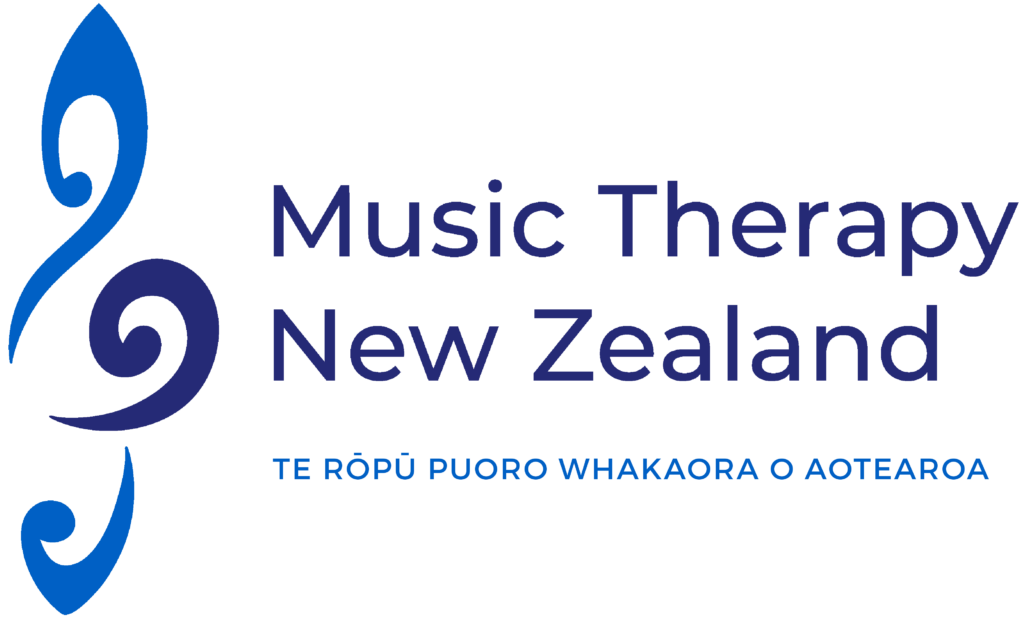Higgins, L., & Willingham, L. (2017). Engaging in Community Music: An Introduction. New York, NY: Routledge.
Reviewer: Fiona Hearn
BMus, MMusTher, NZ RMTh
Wellington Early Intervention Trust and private practice.
I welcomed the opportunity to read and review Engaging in Community Music: An Introduction (Higgins & Willingham, 2017), as I was about to reconnect with some past music therapy work with a community based mental health organisation. I was hoping the book would give me a fresh insight to working with a strong community focus. I particularly looked forward to reading the chapter titled “Wholeness and Well-Being” with its section on community music therapy and interview with Phoene Cave, a music therapist, about her work with the Singing for Breathing project through the British Lung Foundation.
The co-authored book is primarily written as a textbook for university students, in community music programmes and related fields, and provides a strong focus on the processes involved in developing a practice. The authors are both university community music professors and have written and edited similar books on the topic including Community Music: In Theory and in Practice (Higgins, 2012) and Creativity and Music Education (Sullivan & Willingham, 2003). Throughout the book, 26 practitioners are interviewed from the diverse field of community music working within areas of education, justice, health and with different cultural groups. These illustrations are woven through the framework of the book and serve to bring the theory of each chapter to life. The authors also provide practical explanations, case examples and “how to” activities, as well as question and topics for discussion at the end of each chapter which may be more useful for students.
The book is organised into nine chapters, with the first two focusing on music and meaning and diverse pedagogical approaches in community music contexts, with illustrations from intergenerational settings. The third chapter discusses the inclusive and empathetic nature of community music and emphasises the hospitable and “open-door” policy that is emphasised in community music settings.
As a music therapist, I found Chapter 4, “Strategic Leadership and Facilitation”, very relevant to reflect on, as it discusses the tool-kit of qualities and skills that community facilitators felt were essential in their work. These qualities included being passionate, empathetic, patient, creative, resourceful, resilient, organised and energetic. Skills that were considered essential to a good community facilitator were the ability to improvise, think on your feet, remain calm, have a high level of musicianship, “read” a room quickly, and engage in intentional listening. Although a potentially overwhelming list, I felt that these qualities and skills also cross over strongly with the ones needed in being a good music therapist.
I was intrigued by the interview with Doug Friesen, and his work in facilitating music workshops grounded in intense, intentional listening. I particularly liked his facilitation strategy of asking participants to breathe, relax and recall an early sound memory. He then asked them to share these sounds and imitate them as close as possible, then shaping them into a more musical sound and encouraging them to react to each other’s sound and add movement. This idea reminded me of Dr Diane Austin’s (2017) experiential workshop at the Music Therapy New Zealand Symposium, where we were asked to imitate the vocalisation and movement of the person on our left, then let it shape into something new before passing it on to the person on our right.
In the fifth chapter, “Mindfulness, Activism and Justice”, the dual roles of contemplative practice and activism in community music are explored. This chapter included examples from community choirs in multi-faith settings and prisons.
Community music therapy (CoMT) gets a thorough description in Chapter 6, “Wholeness and Wellbeing”, with discussion of definitions and theory from Ansdell (2014) and Stige (2012). The case example of the work of Phoene Cave was fascinating to read and to hear how this field has grown. It describes her training of 30 other Singing for Lung Health practitioners to set up other groups in hospitals and communities across the UK. Phoene also stresses the essential qualities of “patience, patience, patience and empathy, empathy, empathy aided by the confidence and a passion and knowledge for what you are doing” (p. 115). There was a very brief description of Simon Procter’s CoMT work at Way Ahead, a non-medical community resource centre in London for people with experience of mental health problems. I would have liked more detail about his work in drawing members into “co-musiking” to achieve empowerment and enablement.
The chapter concludes with a more detailed case illustration of an intergenerational choir in Canada. It has a beautiful description of how this choir brings together five sectors of society: persons with dementia, their caregivers, high school student singers, their music teacher and several Sisters of St Joseph, in whose home they meet.
The seventh chapter, “Culture of Inquiry”, acknowledges that community music can now be known as a field of study because of its emergent scholarly arm. It provides examples of current research practices as well as hypothetical vignettes to illustrate possible research scenarios. Chapter 8, “Careers and Management”, is a practical chapter focusing different ways of developing and sustaining music projects and exploring the relationship between music and business. I found this chapter relevant to my own music therapy business, especially the discussion on how the arts and business worlds can learn from each other.
Finally, Chapter 9 concludes the book by summarising the previous chapters and proposing ways forward within the field of community music and a discussion how it intersects with CoMT.
In conclusion, Engaging in Community Music: An Introduction (Higgins & Willingham, 2017), provides readers with a wide range of ideas and practical examples located within a breadth of contexts and different environments. I particularly enjoyed reading the different interviews with community music practitioners and case examples from such a variety of contexts. I would recommend it for anyone interested in working in a community-based context as well as for students and new graduates wanting to reflect on the qualities and skills needed in facilitating community music groups. For these purposes, it is best read by dipping into the relevant individual chapters rather than reading it cover to cover.
References – refer to the full journal
Download Full Journal


